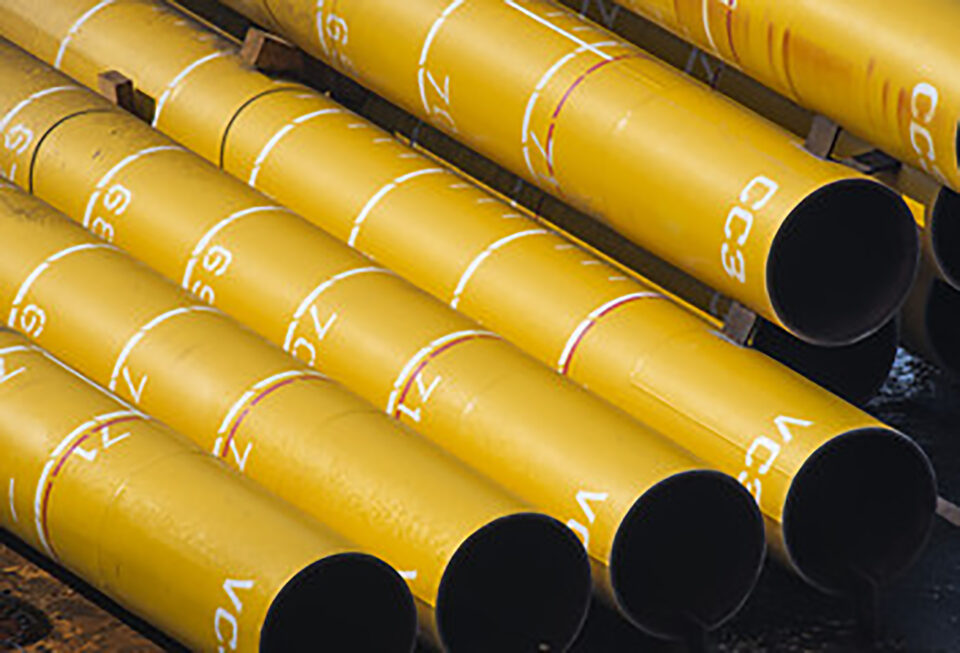This week, the American Petroleum Institute (API) released a new safety standard for the structural integrity maintenance of pipelines. Through this research, the institute aims to target existing mechanical issues in the midstream sector.
API Pipeline Maintenance Standard
The new “Assessment and Management of Dents in Pipelines” standard offers screening tools to identify potential strains, materials fatigue, and pressure variations in pipelines. In this way, the report is ideally meant for engineers and pipeline operators.
Also, the standard’s methodology is based on data from research centers such as Pipeline Research Council International (PRCI).
The standard includes a common terminology for operators to improve the standardization of their pipeline maintenance.
API gathered 75 subject matter experts for the document, including government, industry, trade associations, and safety organization officials. The institute’s goal was to help industry people in committing to safe and environmentally-guided pipeline operations.
Therefore, API believes its new standard can provide useful tools and resources for users to maintain safety and efficient indicators while identifying potential problems.
This new standard joins 700 others released over API’s century-old lifespan. These standards target more than 600 members of the institute across the oil and gas industry.
Other standards
API recently released another standard regarding proper construction, safe operation, and offshore oil and gas platform maintenance. The document also includes recommended practices for offshore crane operators.
According to the institute, these updated standards include new design technologies, training requirements, and maintenance considerations to help industry offshore people.
Cranes constitute an essential asset on offshore platforms, and for this reason, API wants to nurture business practices for operations and safety performance improvement there.
The three standards included in the document are the Offshore Pedestal-mounted Cranes, Training for Offshore Pedestal-mounted Crane Riggers, and the Operation and Maintenance of Offshore Cranes document.
Possibly of your interest: Talos Energy 2019 Inaugural ESG report
In this way, the first standard includes two new design methodologies for structural and subsea lifting considerations. The second document establishes guidelines for training personnel in cranes’ operative activities, providing requirements for them to certify as either inspector, rigger, or crane operator.
Finally, the third standard clarifies the latter standards’ requirements, establishing general principles for the safe operation and maintenance of offshore cranes.
These three interrelated standards work together to help users keep and follow safety, environmental protection, and sustainability across this type of asset’s lifespan.


